People sometimes ask how I can tolerate my work, but I love being a wound and ostomy nurse. I’ll admit that, when performing an assessment, I don’t always love looking at infected wounds and other unsightly skin conditions. But I love the ingenuity and independence of my practice.
More things I love about wound and ostomy nursing:
• understanding and explaining various skin conditions, wounds, and ostomies
• formulating treatment plans for my patients
• seeing a chronic wound that has plagued someone for years suddenly start to respond to my interventions
• having a positive impact on my patients’ quality of life.
Becoming a wound and ostomy nurse can be a highly satisfying career choice, but is it right for you? In this article, I discuss my specialty and describe my career experience with the hope of helping you find the answer.
Opportunities in wound and ostomy nursing
As a certified wound care nurse, you’ll find your skills in great demand. As the population ages, expect this demand to increase. Most chronic wound patients are older adults; however, you may care for patients of any age. (See Wound and ostomy care by the numbers.)
You’ll find opportunities to work in a variety of medical settings: acute care, long-term care, skilled nursing facilities, home health, clinics, and physicians’ offices. The average yearly salary for a certified wound care nurse is about $75,000, but as with any nursing specialty, it varies according to practice setting, years of experience, position, and cost of living. You may also serve as an educator, independent consultant, product representative, or expert witness.
Another reward of this field: Nursing colleagues, physicians, patients, and caregivers will look to you for guidance in preventing and treating skin conditions, wounds, and peristomal complications.
Enhancing your career with certification
Certification in wound care may enhance job opportunities and help you obtain a higher salary. Depending on the specific certification you seek and the organization that offers it, you may not need an associate’s or bachelor’s degree to become certified. People in other health-related disciplines, including physical therapists, also obtain certifications in wound care. Wound care is a multisystem, interdisciplinary, and collaborative effort.
You may combine wound care certification with an ostomy care certification. As a certified ostomy nurse, you help patients overcome peristomal complications, as well as provide education and psychological support, all with the goal of improving the patient’s quality of life. Most nurses certified in ostomy care have wound care certification as well. (See Certification options.)
Tools of the trade
You’ll need a solid foundation in patient care and strong knowledge of nursing fundamentals. Expect to use your core nursing skills to determine causes of impaired skin integrity and understand barriers that prevent wound healing. You also must have compassion and empathy for patients, qualities essential to all aspects of nursing, and be able to work independently.
Clinical ingenuity comes in handy too. You’ll function as a detective of sorts when assessing the patient, investigating possible factors that may cause complications. Suppose, for example, a patient develops peristomal inflammation— does it result from an ill fitting skin barrier or sensitivity to the product applied? Another patient experiences delayed wound healing—is it caused by bacterial colonization or less obvious factors such as malnutrition or poorly controlled blood glucose levels? Expect to use your investigative skills and clinical know-how to put together pieces that reveal the bigger picture, an essential part of creating an effective treatment plan.
Most important, you’ll need patience, persistence, and perseverance. Progress tends to be slow when it comes to chronic wounds. Depending on the practice setting, you may see the same patients for months or even years. You must continue to deliver your best in even the most challenging clinical situations.
My career path
I stumbled onto the field of wound care 15 years ago when I was a bedside nurse. When I joined the committee responsible for developing the hospital’s product formulary, I discovered I had a knack for wound care. Meanwhile, the management of the 250-bed acute care facility where I worked decided to hire its first wound care nurse. I was asked to interview for the position and landed the job. This marked the beginning of a new direction in my career.
Being both a wound care nurse for the first time and the first one employed by my hospital was daunting. But I learned quickly. Most of my training took place in the outpatient wound care clinic. I obtained my first certification, Certified Wound Specialist® (CWS®), after a few months in my new role.
As a first-time wound care nurse, I developed a wound care product formulary, instructed nursing staff, wrote policy, consulted with the risk management department, lectured at area colleges, and spoke at local associations’ meetings. And, yes, I managed to provide care for my patients as well.
Over time, I found new opportunities and my role evolved, as often happens in the course of a career. I now work with a team of certified wound and ostomy nurses at a much larger hospital. We see patients who have skin conditions, chronic wounds, or ostomies and fistulas. We also lead the effort to prevent pressure injuries. This effort includes assessing at-risk patients, educating staff, participating in committees, and evaluating and implementing new products.
Fifteen years and many different jobs after I began, I’m happy to report⎯wound care is still my favorite specialty.
Jennifer J. Brokaw is a wound and ostomy specialist with the Tampa General Hospital Wound Ostomy Team, Tampa, Florida.
Selected references
American Board of Wound Management website. 2016.
Average salary for certification: Certified Wound Ostomy Continence Nurse (CWOCN®). Pay Scale Human Capital website. 2016.
National Alliance of Wound Care and Ostomy® website. 2016.
Oliverio J, Gero E, Whitacre KL, Rankin J. Wound care algorithm: diagnosis and treatment. Adv Skin Wound Care. 2016;29(2):65-72.
Wound care nurse salary. Pay Scale Human Capital website. 2016.
Wound Ostomy and Continence Nursing Certification Board® website. 2014.





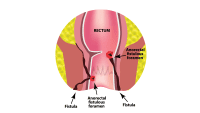





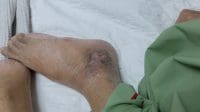
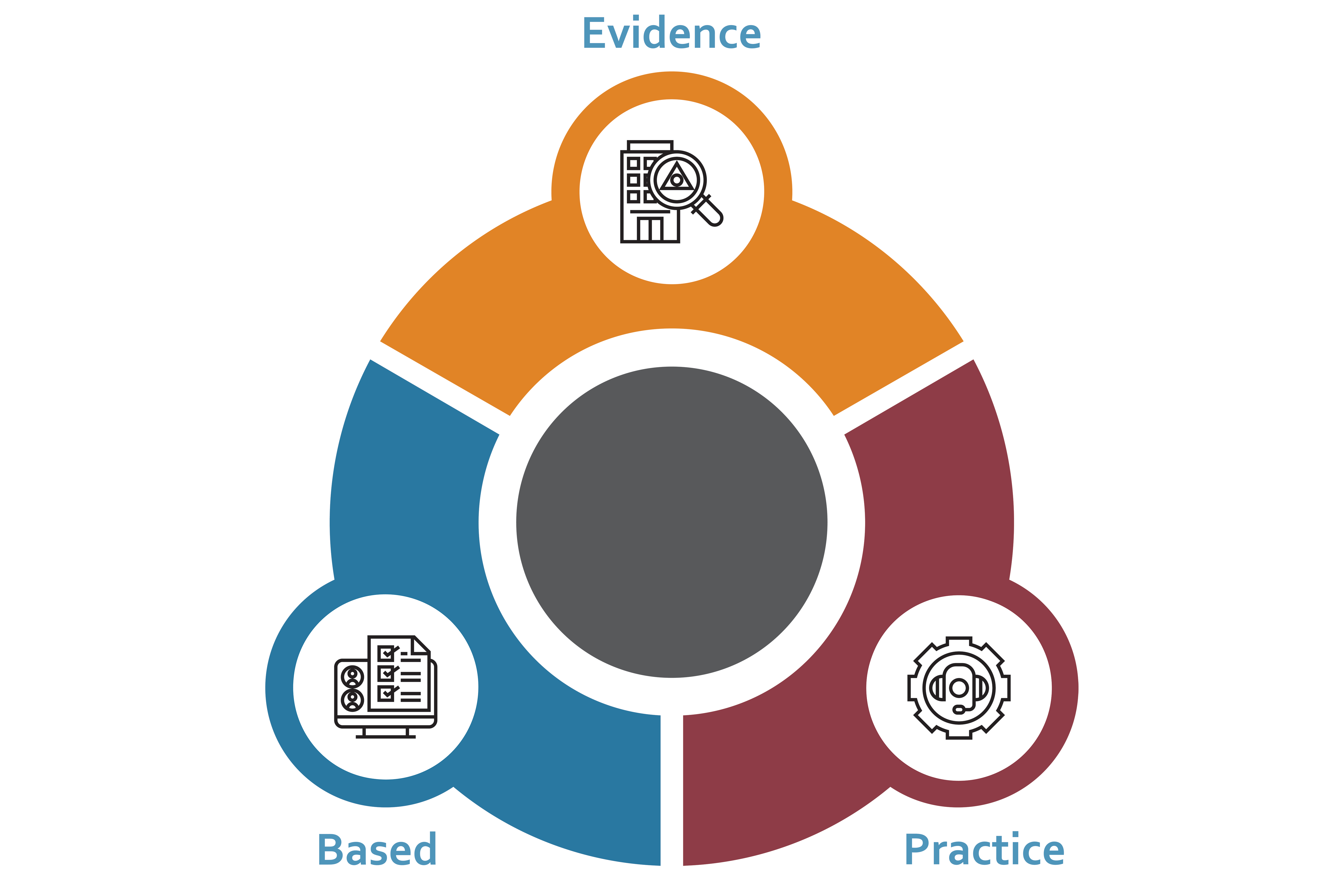


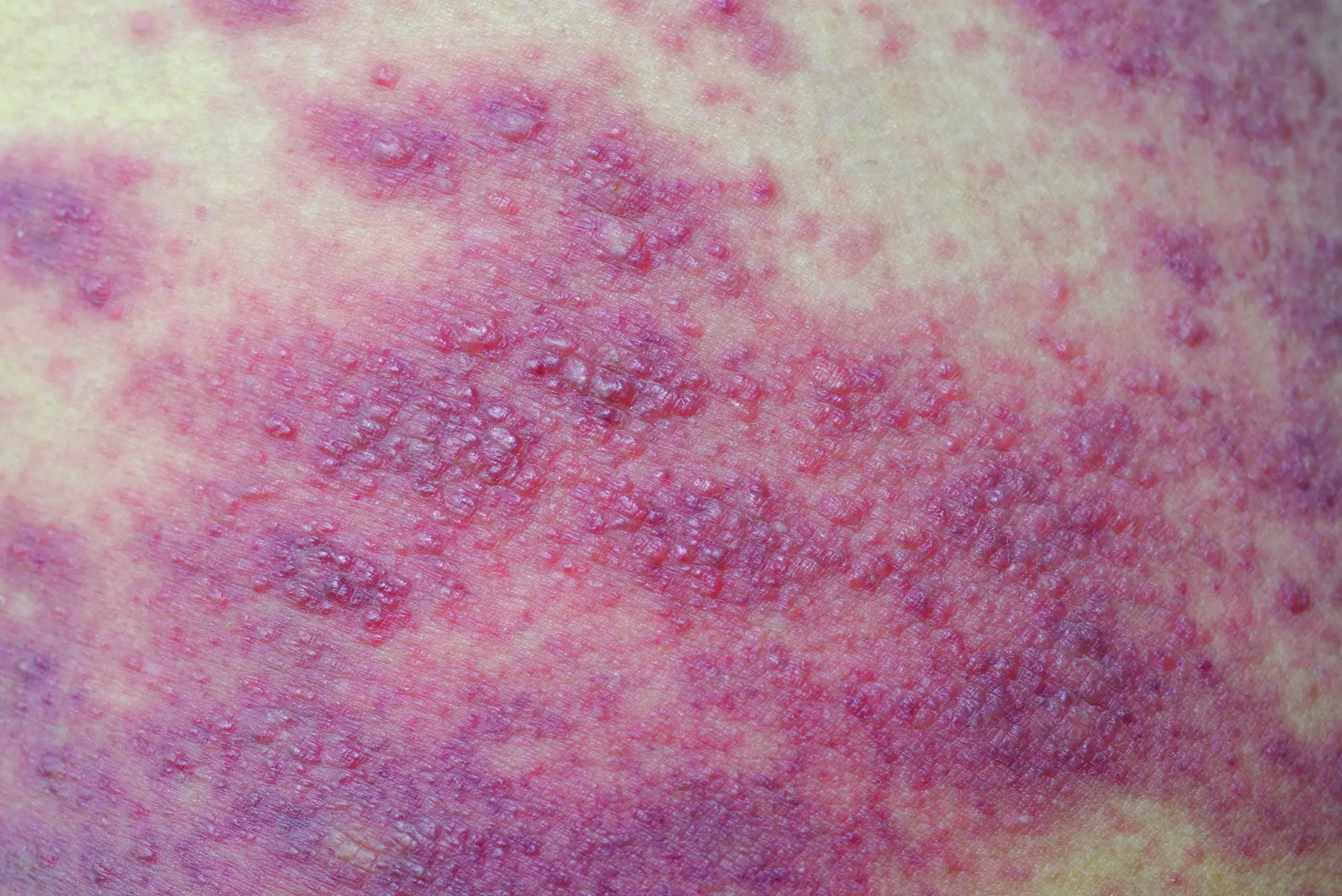
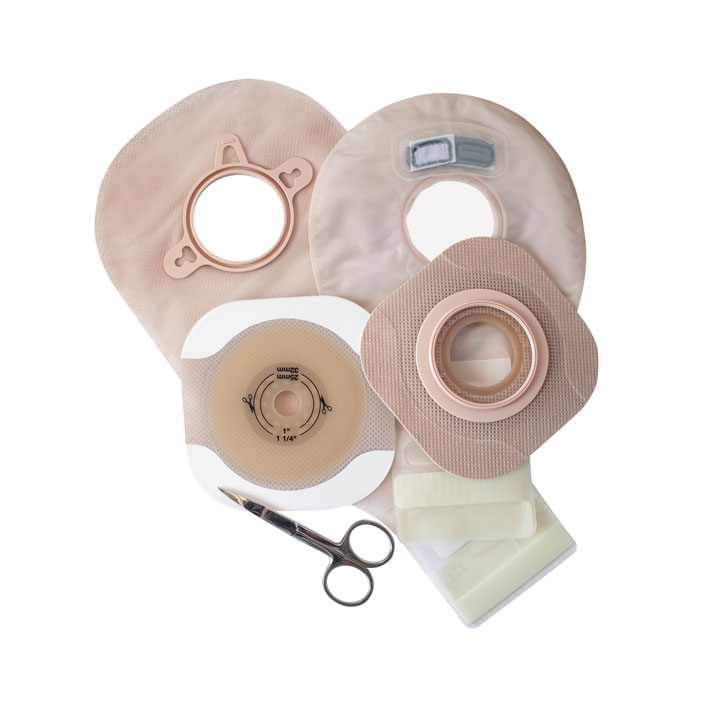


2 Comments.
hi
good day, i am jomanh staff nurse in surgical ward for 3 years, recently assigned as a stoma care nurse and i am looking for good university to get a master degree in wound ostom care and continence .
looking for help
thank you
How did you get CWS after a couple of months of working, if it requires 3yr experience?